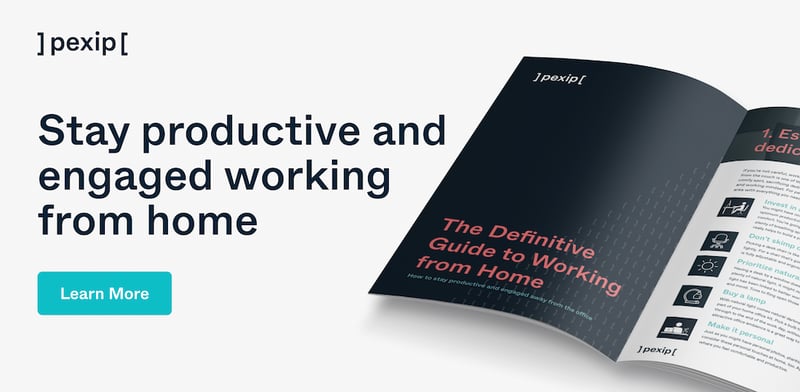Already it’s been quite a year. In Australia, not only has work, school and general lifestyle been impacted greatly by the implementation of Covid-19 measures, many rural communities are still recovering from the intensive bush fires that spread across the country earlier this year.
It’s been noticeable how many local businesses and communities have pooled together and adapted to ensure that they continue to trade and survive.
Through social and online communities, there have been amazing large-scale fundraising efforts to get resources to firefighters and families whose homes and businesses have been destroyed. Local communities have quickly evolved their digital commerce channels to help keep small businesses running with new platforms such as its my shout springing up, allowing people all over the world to buy a coffee for an Australian or donate to an Australian business. Wineries and local producers quickly built online shops when they’d previously only had a physical store. Cafes and caterers have evolved new delivery models. We've been talking about digital transformation for years, but recently and in a short time, it's truly taken off.
We've been talking about digital transformation for years, but recently and in a short time, it's truly taken off.
Paul Vittles, a researcher and consultant to commercial, government and non-for-profits has seen first-hand how organisations including government have rapidly implemented new infrastructure and processes, and is unsurprised by the recent pace of change.
“It’s the human condition to function by habit and find excuses not to do things differently if it can be avoided,” Vittles says. “Once, businesses might have knocked back video and conference calls stating that in-person meetings were more impactful or built greater rapport. In the last few weeks though, companies have been forced to adopt new approaches such as remote working and communication via video. They can’t offer the same excuses anymore. They just have to get on and experiment with new technologies and processes to continue operating – and, in this ‘enforced behaviour change’ situation, they are saying ‘wow, online works!’”
Vittles offers examples around local council and government departments who have previously been timid about doing committee meetings using video or teleconferencing solutions or using digital platforms to conduct larger projects such as the UK Climate Assembly. Now government employees have been allowed to experiment with new online technologies, Paul has noticed how they are quickly offering suggestions about how to collaborate remotely in new ways. Over time, digital will become an inherent part of project planning, not a component that's bolted onto a plan as an afterthought.
“Much of the work I do is spent encouraging government bodies and large enterprises to think digital first and look for solutions with a new mindset, not try and fit digital into old ways of working. For instance, if a client is looking to envision how a digital voting process could happen via everyday processes such as shopping in supermarkets, it’s important to look at the buyer’s journey and incorporate voting as part of the check out process. A more traditional offline mindset might suggest having a polling station in the supermarket with paper and pencil in that area or perhaps some devices to record the votes.”
Over time, digital will become an inherent part of project planning, not a component that’s bolted onto a plan as an afterthought.
One reason people might prefer working in-person is because of the social element. There are concerns that social isolation and remote working in the long term, may have detrimental effects on mental health. However, there’s also anecdotal evidence to suggest that with the recent surge of remote working, there are more online meetings taking place to check on people’s mental health than previously when face to face gatherings were the norm. This is because the situation and the medium are new.
Vittles agrees that this is something that organisations should consider closely as they incorporate new models of working. At the same time, while digital has the potential to alienate, it also has the potential to bring people together and help them stay connected. On Mother's Day in the UK, 22 March, more people used video hook ups for the first time, found it was easy and they could include all the family, there were global online choirs, and even Quaker Meetings online.
In the UK and Australia, people are posting flyers through letterboxes and calling out with offers to help on online community groups where they are put in touch with vulnerable people in need of assistance. Social networks, online forums and apps are supporting these kinds of community efforts,helping to connect people who are in need of a social contact or meal with others volunteering to help them.
Even people who are used to working from home regularly and in relatively secure employment, are likely to feel vulnerable at times, Vittles says. Many companies are still finding their feet as they manage a remote workforce but others that have been practicing work from home policies for a while are instigating regular, informal channels for employees to meet. Forced exposure to alternative ways of working will mean some changed behaviour will be permanent – direct experience causes permanent shifts.
Forced exposure to alternative ways of working will mean some changed behaviour will be permanent – direct experience causes permanent shifts.
Quick virtual coffee chats at the beginning of each day, end of work drinks over video, dedicated social chat channels on work tools are becoming the norm. Eventually, Vittles believes that those organisations that have been late to introduce remote working will quickly adapt and employees will find benefits to the new arrangement and longer term, will want to continue to work from home, if not every day.
While some employees may take to remote working easily, others may struggle with the transition. It’s important that change takes time and regular, practical information will help all employees settle into new patterns. During this time of new online exposure and rapid learning, employers just need to facilitate sharing experiences and learnings.
Keep guidance regular and simple. Provide practical, not theoretical, resources that help get people over the line.
“Companies, no matter the size will need to communicate with people who are at different levels of technical expertise and who will also be at different stages of acceptance of their new worklife. Keep guidance regular and simple. Provide practical, not theoretical, resources that help get people over the line. This could include basic information about why the changes are important and how they are relevant to employees. State the benefits to all involved and use case studies to illustrate them. Most importantly, provide a feedback loop or helpline for employees to provide input on how they are feeling or what’s working. It’ll also mean that as a company you’ll get insights into what’s working or what’s not so you can adapt your approach over time.”
Paul Vittles is a researcher (FMRS), marketer (FAMI), consultant, coach & counsellor who helps people and organisations with transformational change and sustainable success. Read more of his work on Medium or on LinkedIn. Photo by Sven Brandsma on Unsplash






